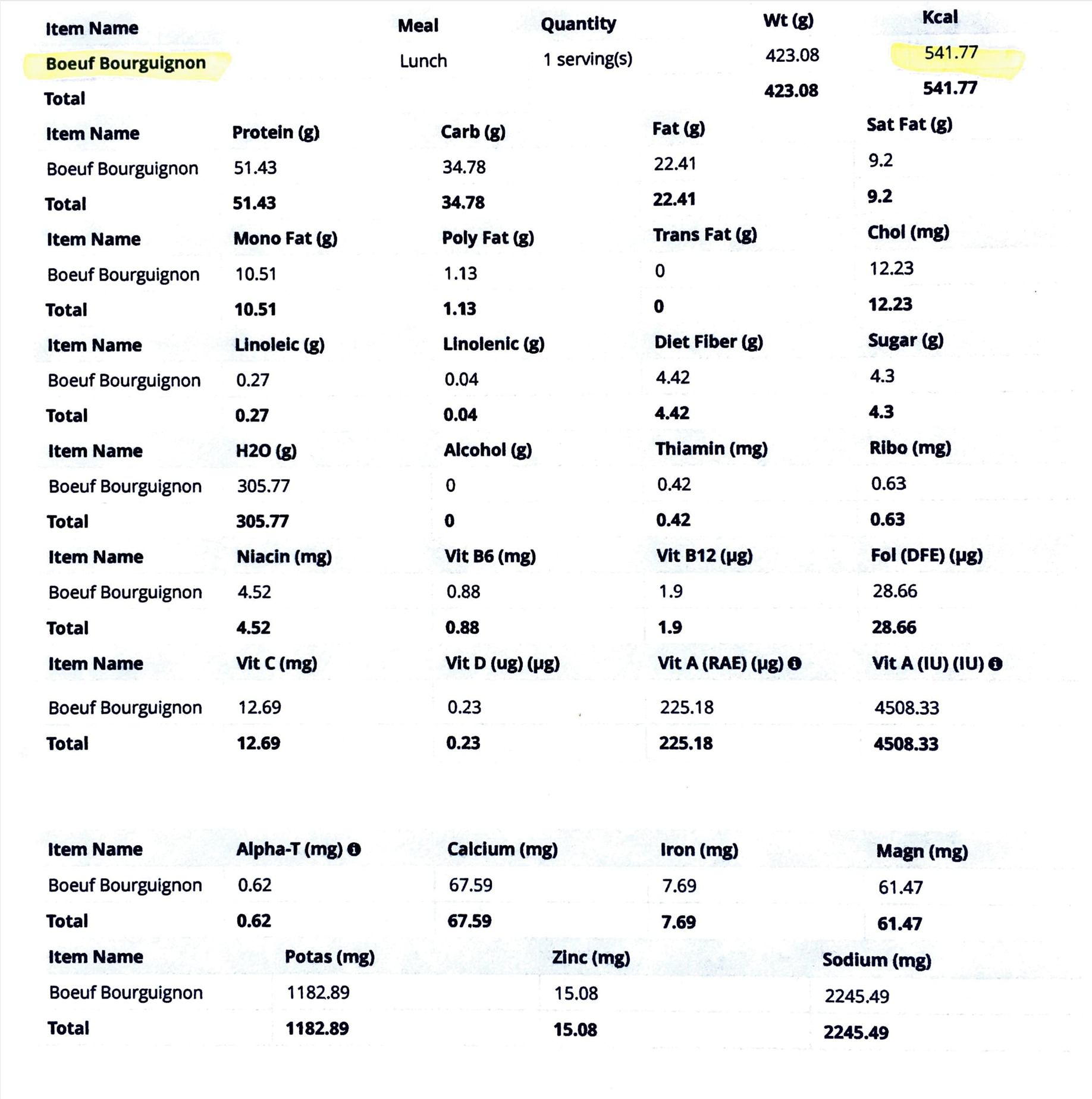Solstice in the Dark by Alison Colwell
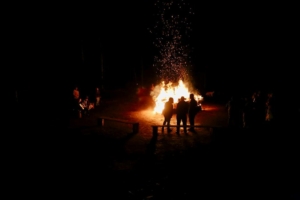 I was working in the kitchen at the South Hall, with a small group of volunteers, baking the bread for the Solstice dinner when the storm started on Dec 20th. The power went out, and after 30 minutes, we decided to start the generators. A grant to upgrade the Hall’s electrical system had allowed us to get the generators wired in properly, but I’d never used them before. It took a little while. We had to call for help, but we got them going, and (hallelujiah) kitchen lights, stoves and freezers were all working. We’d discovered the gas cans next to the gennies were empty, so one volunteer left to fill them, but the tree that came down at Murchison Cove stopped her getting back to the hall that night.
I was working in the kitchen at the South Hall, with a small group of volunteers, baking the bread for the Solstice dinner when the storm started on Dec 20th. The power went out, and after 30 minutes, we decided to start the generators. A grant to upgrade the Hall’s electrical system had allowed us to get the generators wired in properly, but I’d never used them before. It took a little while. We had to call for help, but we got them going, and (hallelujiah) kitchen lights, stoves and freezers were all working. We’d discovered the gas cans next to the gennies were empty, so one volunteer left to fill them, but the tree that came down at Murchison Cove stopped her getting back to the hall that night.
A few hours later, more trees had come down between the hall and the pub, but the bread was all baked, I abandoned my van and walked home.
By the next morning it was clear the whole island was out of power, and we weren’t getting it back soon. But I also had 5 huge free-range turkeys in my fridge that needed to be cooked. That was the tipping point. Solstice was on. We’d just make it up as we went along. When we set the tables we didn’t know if twenty people would come, or a hundred. Would people stay home? Or would they want to eat a hot meal, and get together with neighbours?
Some volunteers came. Some couldn’t make it. We carried on. During the day a steady stream of people stopped by the hall, looking to charge their phones, looking for information. “If you have Facebook tell people we’re still on. If you see Hydro, tell them to come by for hot food,” I told them. Sandy couldn’t bring the wood for the bonfire, but Orion, Barry, Stephen and Ron decided fair was fair, and we’d burn some of the tree that had taken out our power lines.
At five o’clock Emma opened the doors. We lit the dozens and dozens of tea lights in the hall. And people came. Lots of people came. Like 160 people. Some brought lots of food. Some brought none. It was just perfect.
I was in the kitchen when I heard the clapping, turned to seeing the standing ovation in the hall. “What’s happening?” I asked one of the volunteers watching the potluck table. “A Hydro crew just arrived.” We don’t always have a lot of real heros in our modern world, but that week, we did. At the end of the night we packed up a box of sandwiches to give to the crews who were giving up their holidays to get us back our power. The next day, I was talking to one of the men, and he said: “I’m going to bring my wife here next year. I couldn’t explain what it was like, last night , in that hall. I want to show her this place.”
I hope he comes. (Though maybe with a truck – just in case!)
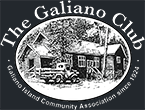
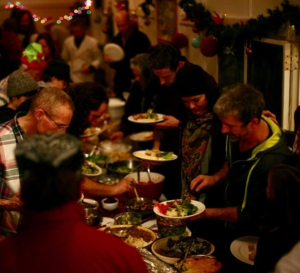 It’s traditional on the Winter Solstice, the longest night of the year, to stay awake all night, keeping a bonfire burning, in an effort to call the sun back. We have a bonfire on Solstice too, but our celebration is all about gathering with your friends and neighbours, sharing some wonderful food, watching the kids arriving at the hall in a torchlit parade, chatting around the fire, and enjoying the entertainment of talented locals. The Solstice is all about creating the magic of community.
It’s traditional on the Winter Solstice, the longest night of the year, to stay awake all night, keeping a bonfire burning, in an effort to call the sun back. We have a bonfire on Solstice too, but our celebration is all about gathering with your friends and neighbours, sharing some wonderful food, watching the kids arriving at the hall in a torchlit parade, chatting around the fire, and enjoying the entertainment of talented locals. The Solstice is all about creating the magic of community.
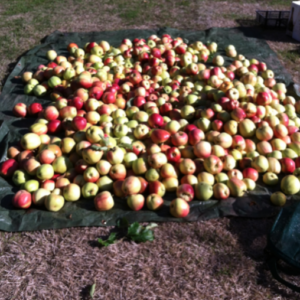 All over the island this season, people have been remarking about the incredible bounty of fruit we had this year. What a bumper crop! It’s meant a seriously fruitful season of the Gleaning Project. Once again, I’ve been amazed at the generosity of this community, and at how lucky we are to share this fertile place that has been so well stewarded. Many of the trees we pick are over 100 years old!
All over the island this season, people have been remarking about the incredible bounty of fruit we had this year. What a bumper crop! It’s meant a seriously fruitful season of the Gleaning Project. Once again, I’ve been amazed at the generosity of this community, and at how lucky we are to share this fertile place that has been so well stewarded. Many of the trees we pick are over 100 years old! It is one of the sweetest sounds of late summer. The soft, ping, ping as the jars on the counter seal. It is one of the most satisfying sites – rows of translucent, jewel toned jars, filled and ready to be stored. It’s rewarding to see shelves filled with sparkling jars of homemade preserves, made from the freshest fruit, put by for the winter.
It is one of the sweetest sounds of late summer. The soft, ping, ping as the jars on the counter seal. It is one of the most satisfying sites – rows of translucent, jewel toned jars, filled and ready to be stored. It’s rewarding to see shelves filled with sparkling jars of homemade preserves, made from the freshest fruit, put by for the winter.